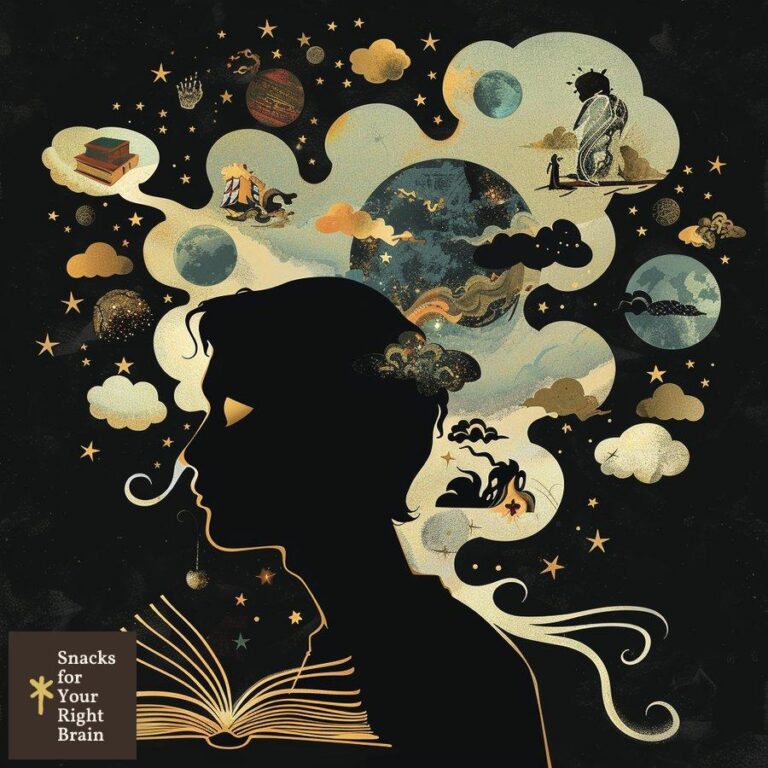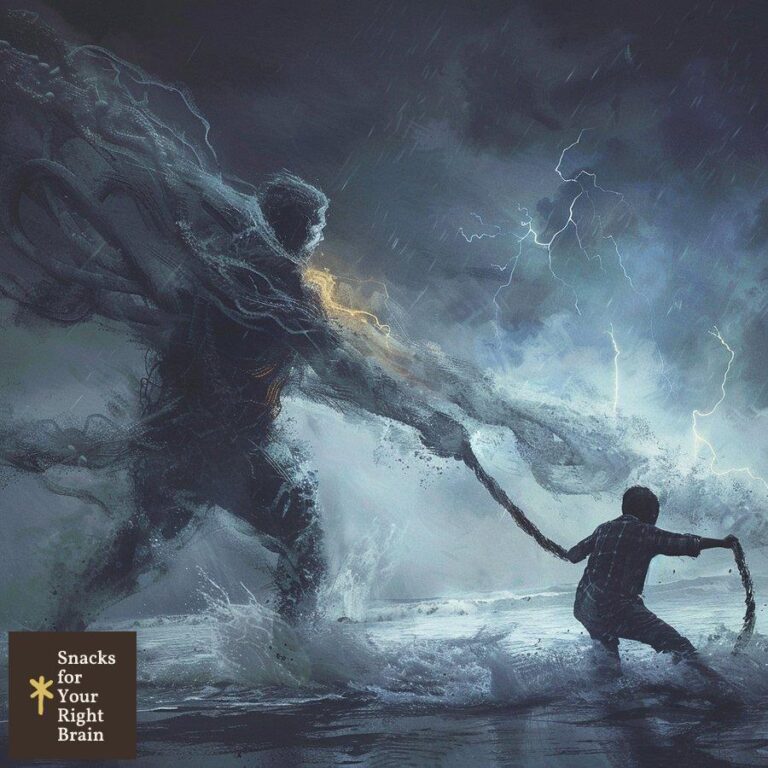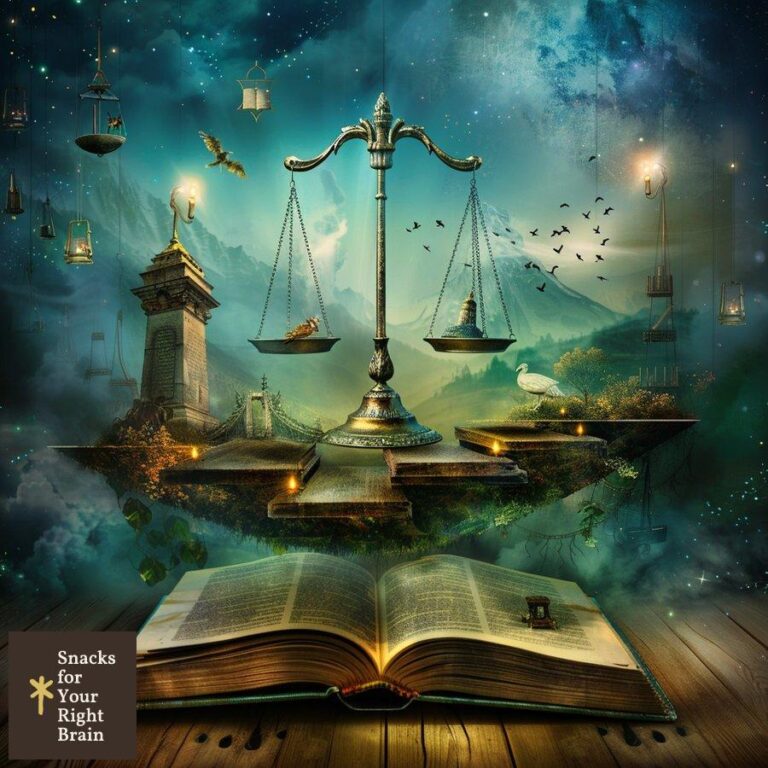What Are the 4 Genre Elements of a Short Story
What role do characters play in a short story?

Characters are the lifeblood of any short story. They drive the plot, evoke emotions in readers, and ultimately determine the success or failure of the narrative. In a well-crafted short story, characters are not merely vessels for the plot but complex, multidimensional beings that readers can relate to and empathize with.
Character Types in Short Stories
There are several types of characters that are commonly found in short stories:
- Protagonist: The main character who drives the story forward and undergoes the most significant change or growth.
- Antagonist: The character who opposes the protagonist and creates obstacles or conflict.
- Dynamic Character: A character who undergoes a significant change or transformation over the course of the story.
- Flat Character: A character who remains relatively unchanged and serves a specific purpose in the story.
- Round Character: A complex, multidimensional character with depth and nuance.
Character Development in Short Stories
Character development is crucial in short stories, as the limited word count means that every detail and interaction must be carefully crafted to reveal the character’s essence. Here are some key elements of character development:
- Physical Description: Describing a character’s physical appearance can provide insight into their personality, background, and emotional state.
- Dialogue: The way a character speaks, including their word choice, tone, and body language, can reveal a lot about their personality and relationships with other characters.
- Backstory: Providing details about a character’s past experiences, relationships, and motivations can help readers understand their present actions and decisions.
- Conflict: How a character reacts to and resolves conflict can reveal their true nature and values.
- Character Arc: The journey a character takes from the beginning to the end of the story, including the challenges they face and the lessons they learn, is known as their character arc.
Characterization Techniques
Writers use various techniques to develop and reveal their characters, including:
- Direct Characterization: Explicitly stating a character’s traits, background, or motivations.
- Indirect Characterization: Revealing a character’s traits through their actions, dialogue, thoughts, and interactions with others.
- Comparison and Contrast: Comparing and contrasting characters can highlight their similarities and differences, making them more distinct and memorable.
- Character Foils: Characters who have contrasting traits or values can serve as foils to each other, emphasizing their differences and creating conflict.
- Character Archetypes: Archetypal characters, such as the hero, the mentor, or the trickster, can be used as a starting point for character development and to evoke familiar themes and tropes.
How does setting influence a short story?

Setting is more than just the physical location and time period in which a story takes place. It is a crucial element that shapes the characters, plot, and themes of a short story. A well-crafted setting can transport readers to a different world and create a sense of immersion and authenticity.
Types of Setting in Short Stories
There are several types of setting that are commonly found in short stories:
- Physical Setting: The geographical location, climate, and physical characteristics of the environment in which the story takes place.
- Temporal Setting: The time period, including the historical context, season, and time of day or year, in which the story takes place.
- Social Setting: The cultural, political, and economic context in which the characters live and interact.
- Emotional Setting: The mood, atmosphere, and emotional tone that pervades the story.
The Importance of Setting in Short Stories
Setting is important in short stories for several reasons:
- It establishes the context for the story: Setting provides the necessary background information for readers to understand the characters and their motivations.
- It creates a sense of place: A well-described setting can make readers feel as if they are actually there, immersed in the world of the story.
- It shapes the characters: The setting can influence the characters’ personalities, values, and behaviors, as well as their interactions with each other and their environment.
- It drives the plot: The setting can create obstacles, challenges, or opportunities that drive the story forward and create conflict.
- It reflects the themes: The setting can symbolize or represent the themes and ideas that the story explores.
Techniques for Describing Setting in Short Stories
Writers use various techniques to describe the setting in short stories, including:
- Sensory Details: Describing the sights, sounds, smells, tastes, and textures of the setting can make it more vivid and immersive for readers.
- Figurative Language: Using metaphors, similes, and other forms of figurative language can help create a more evocative and memorable description of the setting.
- Juxtaposition: Contrasting different settings or aspects of the same setting can highlight their differences and create a more dynamic and engaging narrative.
- Symbolism: Using the setting to symbolize larger ideas or themes can add depth and complexity to the story.
- Mood and Atmosphere: Describing the mood and atmosphere of the setting can create a specific emotional tone that resonates with readers.
What are the key components of a plot?

Plot is the backbone of any short story, driving the narrative forward and creating a sense of tension and anticipation for readers. A well-crafted plot is essential for engaging readers and keeping them invested in the story.
The Structure of a Plot
Most short stories follow a similar structure, known as the Freytag pyramid:
- Exposition: The beginning of the story where the characters, setting, and conflict are introduced.
- Rising Action: The events that build tension and lead to the climax of the story.
- Climax: The turning point or most intense moment of the story, where the conflict reaches its peak.
- Falling Action: The events that follow the climax and lead to the resolution of the story.
- Resolution: The end of the story where the conflict is resolved and the characters’ fates are revealed.
Plot Elements in Short Stories
There are several key elements that make up the plot of a short story:
- Conflict: The struggle between opposing forces that drives the story forward and creates tension.
- Inciting Incident: The event that sets the story in motion and introduces the main conflict.
- Turning Point: A significant event that changes the direction of the story and leads to the climax.
- Crisis: A moment of intense difficulty or uncertainty that the characters must overcome.
- Resolution: The outcome of the story’s conflict and the final fate of the characters.
Plot Devices in Short Stories
Writers use various plot devices to create a compelling and engaging narrative, including:
- Foreshadowing: Hinting at future events or revealing information about the characters or setting to create anticipation and suspense.
- Flashback: Interrupting the chronological order of events to reveal information about the characters’ past experiences or the backstory of the story.
- Cliffhanger: Ending a story or chapter with a suspenseful moment that leaves the reader wondering what will happen next.
- Red Herring: Introducing false information or a misleading clue to distract the reader from the true nature of the story’s events or characters.
- Deus ex Machina: An unexpected and improbable event or character that resolves the story’s conflict in a way that seems contrived or unrealistic.
What themes are commonly explored in short stories?

Themes are the underlying ideas, messages, or insights that a story explores. They are the heart and soul of a short story, providing depth and meaning to the narrative. A well-crafted theme can resonate with readers long after they have finished reading the story.
Common Themes in Short Stories
There are several themes that are commonly explored in short stories, including:
- Identity and Self-Discovery: Stories that explore the characters’ sense of self, their place in the world, and their journey of personal growth and discovery.
- Love and Relationships: Stories that explore the complexities and challenges of romantic relationships, family relationships, and friendships.
- Morality and Ethics: Stories that explore moral dilemmas, ethical questions, and the consequences of characters’ choices and actions.
- Social and Cultural Issues: Stories that explore social, political, and cultural issues such as racism, sexism, class, and inequality.
- Death and Loss: Stories that explore the themes of mortality, grief, and the human experience of loss and suffering.
Developing Themes in Short Stories
Writers develop themes in short stories through various techniques, including:
- Symbolism: Using symbols, objects, or events to represent larger ideas or concepts.
- Motifs: Recurring images, ideas, or phrases that reinforce the story’s themes.
- Characterization: Developing characters who embody or challenge the story’s themes.
- Dialogue: Using dialogue to explore the characters’ beliefs, values, and perspectives on the story’s themes.
- Setting: Using the setting to reflect or represent the story’s themes.
Analyzing Themes in Short Stories
When analyzing the themes in a short story, it’s important to consider the following questions:
- What are the central ideas or messages that the story explores?
- How do the characters, plot, and setting contribute to the development of these themes?
- What symbols, motifs, or other literary devices are used to reinforce the themes?
- How do the themes relate to the larger human experience or to the reader’s own life?
- What insights or lessons can be drawn from the story’s themes?
By understanding the role of characters, setting, plot, and theme in short stories, writers can create compelling and engaging narratives that resonate with readers and leave a lasting impact.






